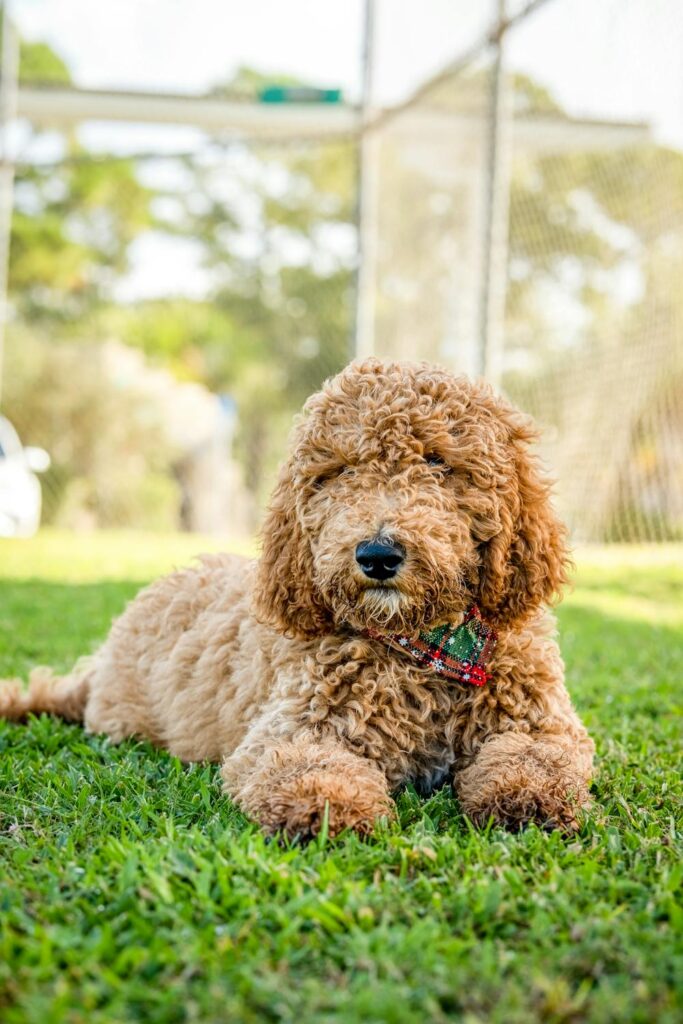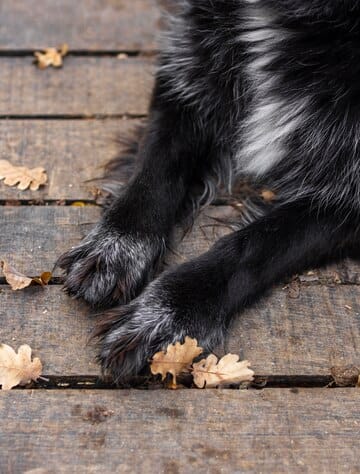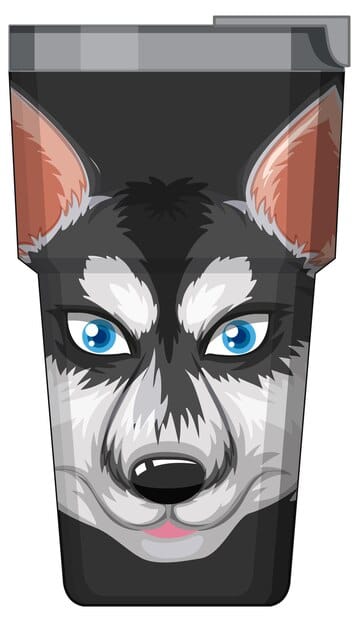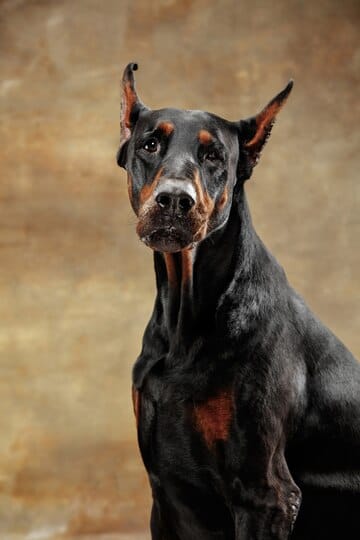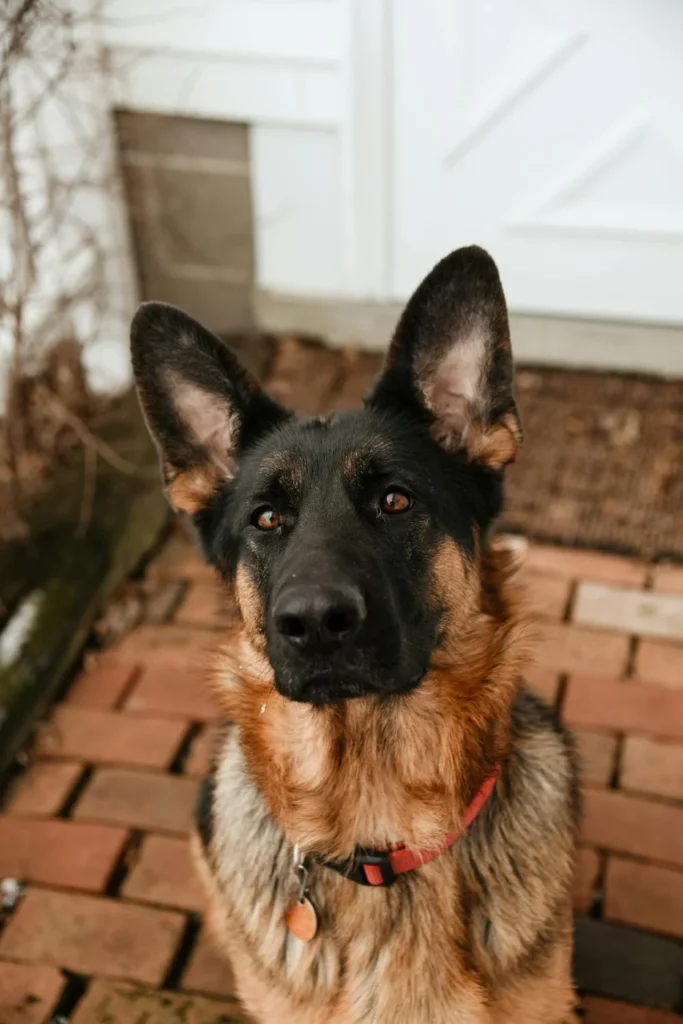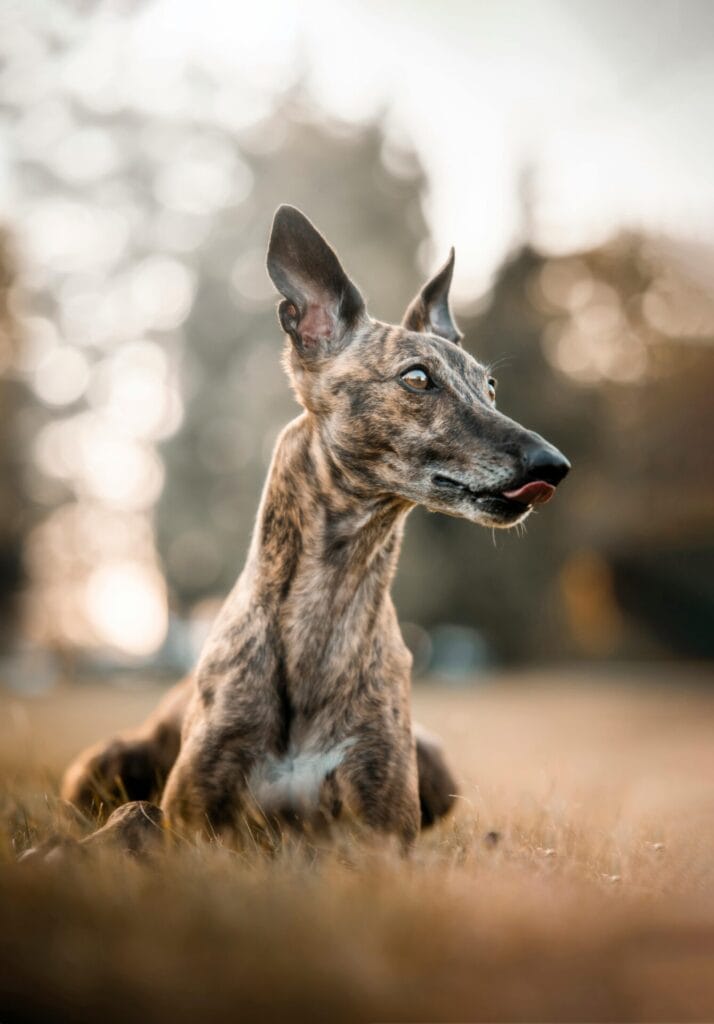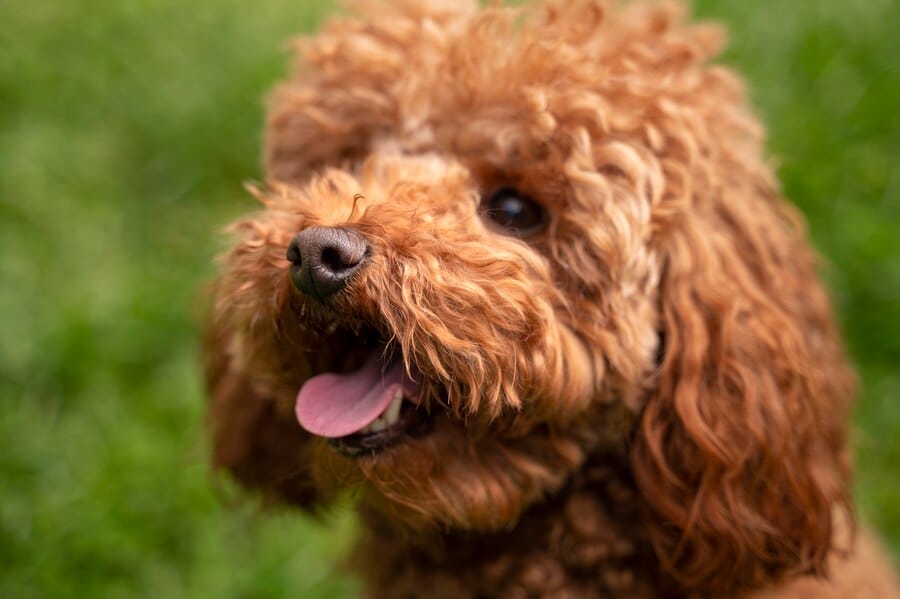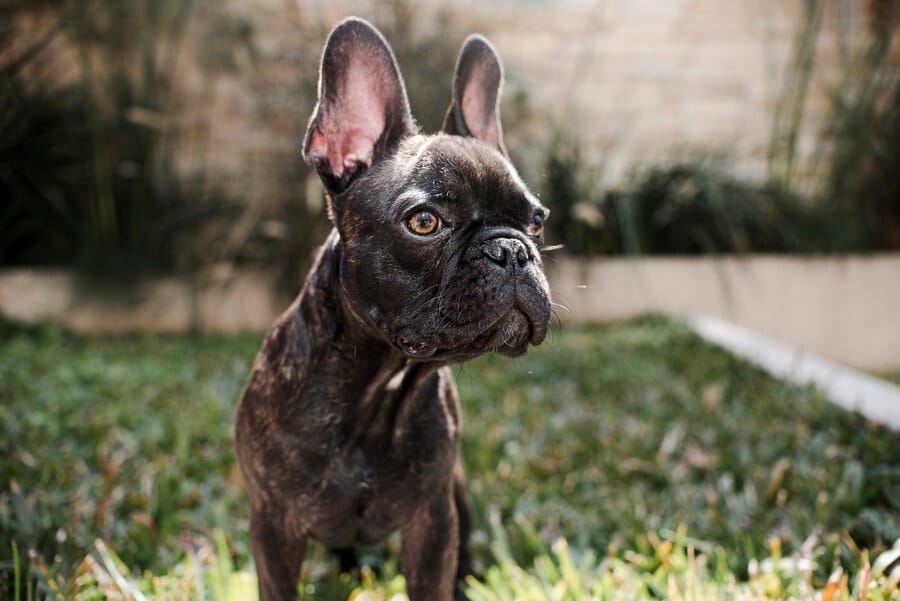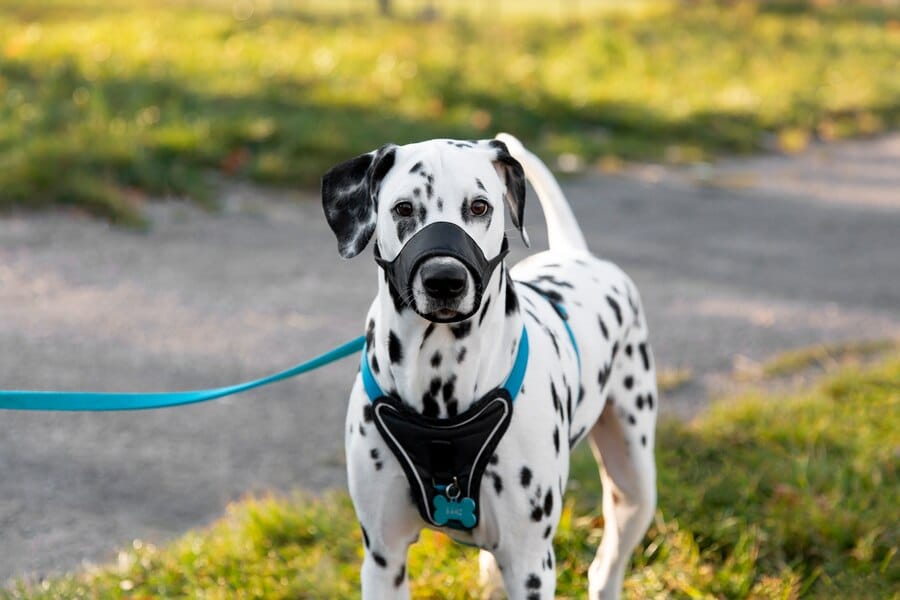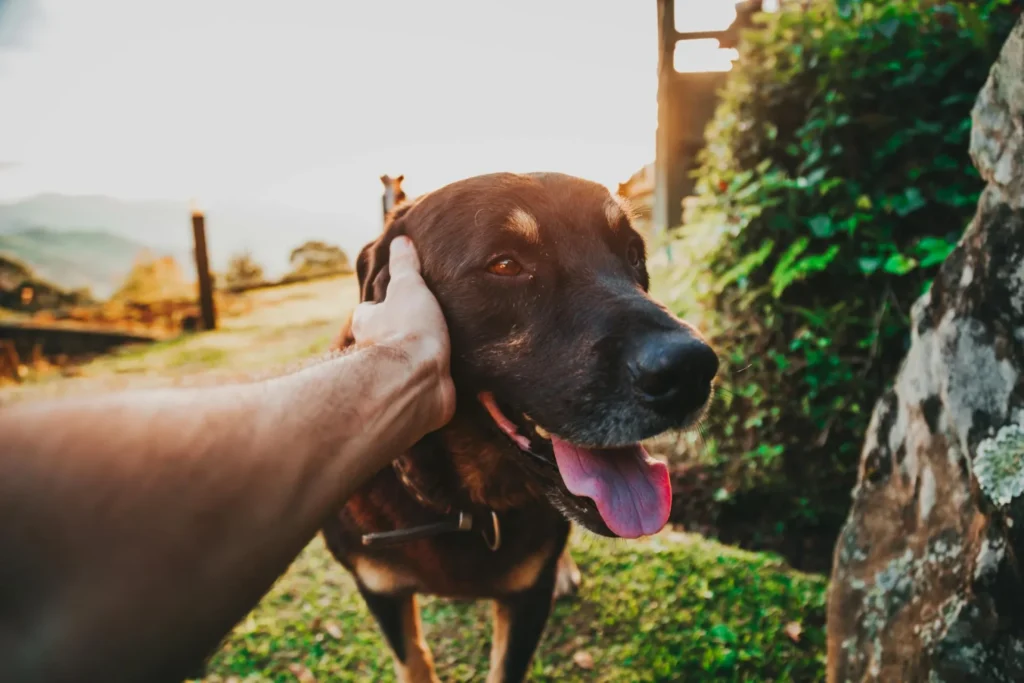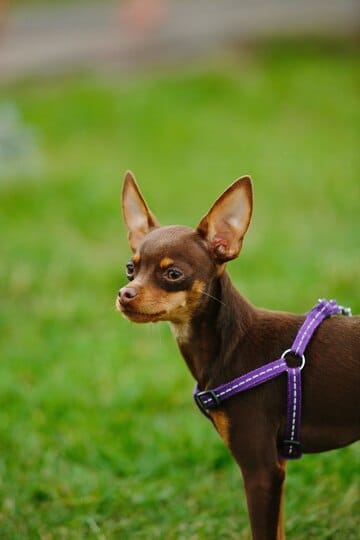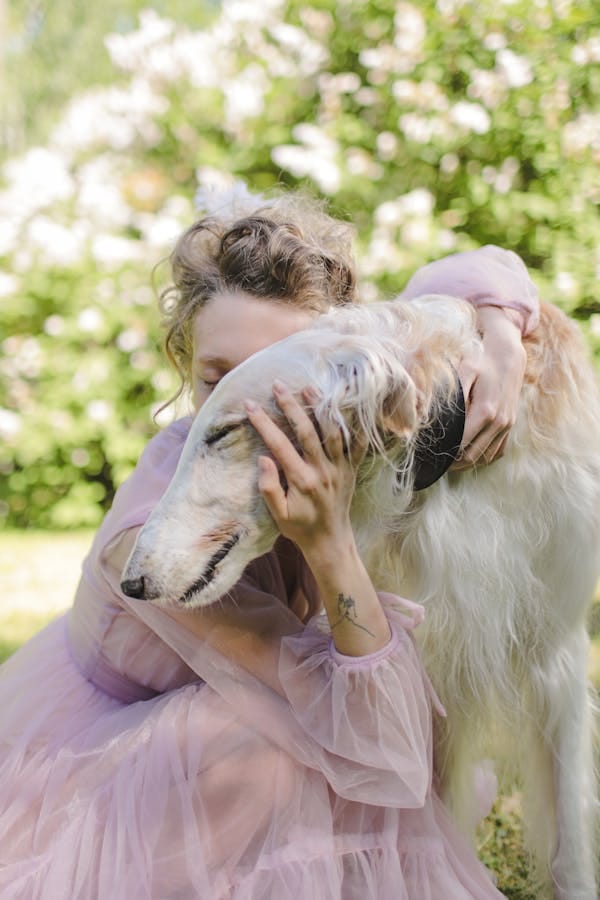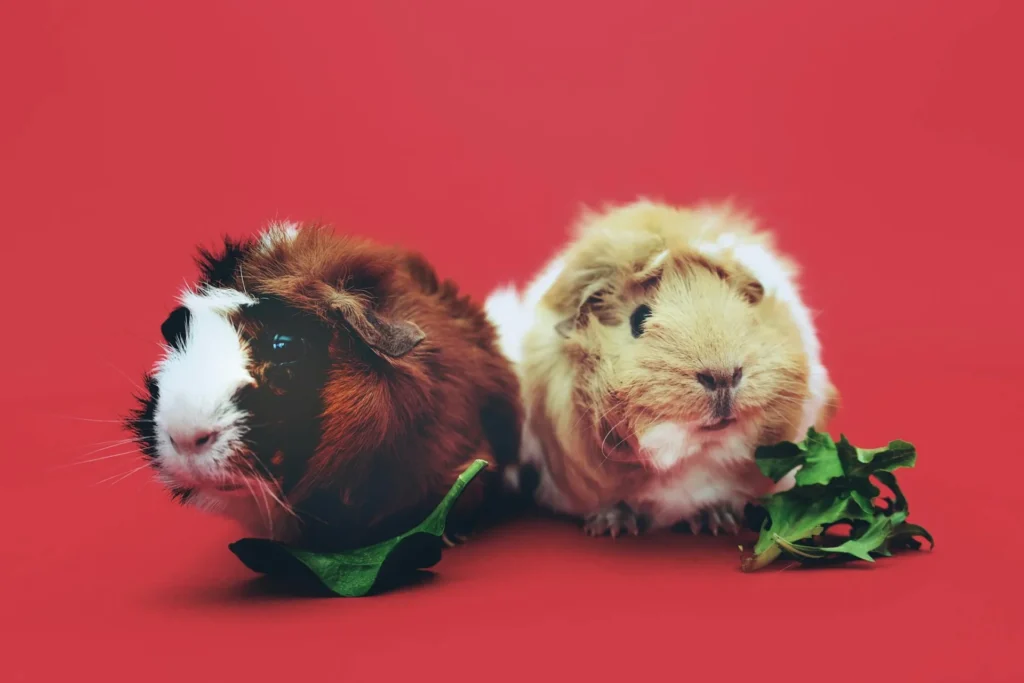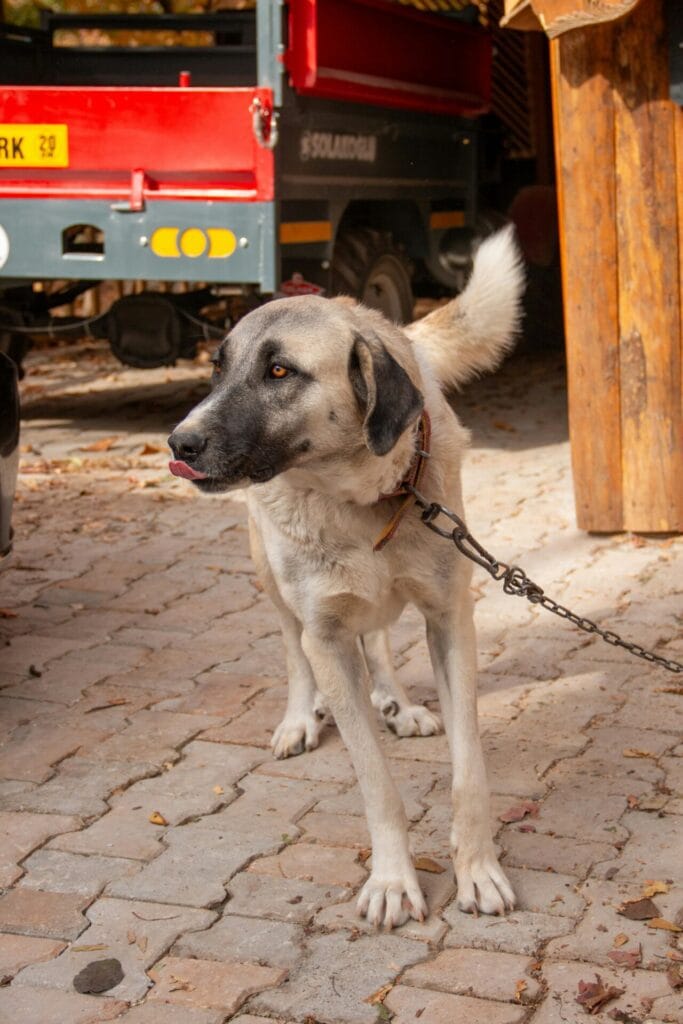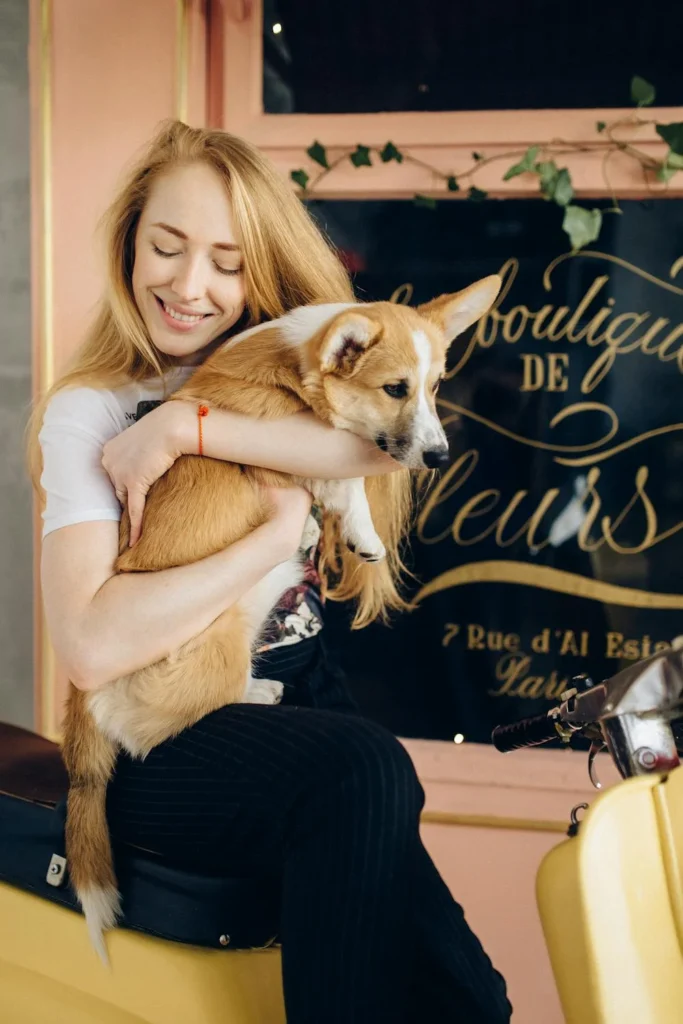- Introduction: Unraveling the Doodle Mystery 🕵️♂️
- The Origins of Doodle Dogs: A Tail of Innovation 🦴
- Why Are Doodles Bred? The Pawfect Combination 🏆
- Popular Doodle Breeds and Their Purposes 🌈
- Labradoodle: The Original Doodle 🏆
- Goldendoodle: The Golden Child 🌟
- Bernedoodle: The Gentle Giant 🐻
- Aussiedoodle: The Energetic Achiever 🏃♂️
- Schnoodle: The Alert Companion 🚨
- Cockapoo: The Charming Lapdog 💖
- Sheepadoodle: The Fluffy Teddy Bear 🧸
- The Doodle Advantage: Why They’re So Pawpular 🌟
- Challenges of Doodle Breeding: Not All Fluff and Fun 😓
- Choosing the Right Doodle: Finding Your Perfect Match 💑
- Training Your Doodle: Unleashing Their Potential 🎓
- Health Considerations: Keeping Your Doodle in Top Shape 💪
- Grooming Your Doodle: Maintaining That Fluffy Coat 🧼
- Doodles in Various Roles: More Than Just Pretty Faces 🎭
- The Future of Doodle Breeding: What’s Next? 🔮
- Doodle Myths Debunked: Separating Fact from Fiction 🕵️♀️
- Adopting vs. Buying: Making an Informed Decision 🏠
- Doodle Generations: Understanding the Alphabet Soup 🧬
- Size Matters: Doodles Come in All Shapes and Sizes 📏
- The Doodle Personality: What to Expect 😊
- Exercise Needs: Keeping Your Doodle Fit and Happy 🏋️♀️
- Doodle Diet: Fueling Your Furry Friend 🍖
- Common Doodle Health Issues: What to Watch For 🏥
- Doodle-Proofing Your Home: Creating a Safe Space 🏠
- Traveling with Your Doodle: Adventures Await! 🧳
- Doodles and Children: A Match Made in Heaven? 👨👩👧👦
- The Cost of Doodle Ownership: Budgeting for Your Buddy 💰
- Doodles in Pop Culture: Famous Fluffy Faces 🌟
- Doodle Communities: Finding Your Tribe 🐾
- Doodles in Service: Beyond Companionship 🦮
- FAQ: Your Burning Doodle Questions Answered 🔥
- Conclusion: Is a Doodle Right for You? 🤔
Introduction: Unraveling the Doodle Mystery 🕵️♂️
Doodle dogs have taken the world by storm, captivating hearts with their adorable looks and winning personalities. But what exactly are these fluffy bundles of joy bred for? Let’s dive into the fascinating world of doodles and discover the purpose behind these popular pooches.
The Origins of Doodle Dogs: A Tail of Innovation 🦴
The doodle craze began in the 1980s when Wally Conron, an Australian breeder, received a request for a guide dog suitable for a vision-impaired woman whose husband was allergic to dog fur. Conron’s solution? Crossbreeding a Labrador Retriever with a Standard Poodle, resulting in the first Labradoodle.
This innovative approach aimed to combine:
- The Labrador’s trainability and gentle nature
- The Poodle’s intelligence and low-shedding coat
The result was a hit, and soon people began experimenting with different Poodle crosses, leading to the diverse array of doodles we see today.
Why Are Doodles Bred? The Pawfect Combination 🏆
Doodles are bred for various reasons, each aiming to create a dog with desirable traits from both parent breeds. Here are the primary purposes:
- Hypoallergenic Coats 🧴
Many doodles inherit the Poodle’s low-shedding coat, making them a good choice for people with allergies. - Intelligence and Trainability 🧠
Poodles are known for their intelligence, and this trait often carries over to their doodle offspring. - Temperament 😊
Doodles are bred to have friendly, sociable personalities, making them excellent family pets. - Size Variety 📏
By crossing Poodles of different sizes with various breeds, doodles can range from tiny to large. - Health 💪
Crossbreeding can potentially reduce the risk of certain genetic health issues common in purebred dogs. - Versatility 🎭
Many doodles excel in various roles, from therapy dogs to agility competitors.
Popular Doodle Breeds and Their Purposes 🌈
Let’s explore some of the most popular doodle breeds and what they’re typically bred for:
| Doodle Breed | Parent Breeds | Primary Purpose |
|---|---|---|
| Labradoodle | Labrador Retriever + Poodle | Guide dogs, family pets |
| Goldendoodle | Golden Retriever + Poodle | Therapy dogs, companions |
| Bernedoodle | Bernese Mountain Dog + Poodle | Family pets, low-shedding large dogs |
| Aussiedoodle | Australian Shepherd + Poodle | Active companions, agility dogs |
| Schnoodle | Schnauzer + Poodle | Hypoallergenic watchdogs |
| Cockapoo | Cocker Spaniel + Poodle | Small, affectionate companions |
| Sheepadoodle | Old English Sheepdog + Poodle | Gentle giants, family pets |
Labradoodle: The Original Doodle 🏆
Labradoodles were initially bred as guide dogs for individuals with allergies. They combine:
- The Labrador’s trainability and gentle nature
- The Poodle’s intelligence and low-shedding coat
Today, Labradoodles are popular as:
- Family pets
- Therapy dogs
- Service dogs
Their friendly demeanor and adaptability make them suitable for various living situations.
Goldendoodle: The Golden Child 🌟
Goldendoodles blend the best traits of Golden Retrievers and Poodles. They’re bred for:
- Companionship
- Therapy work
- Allergy-friendly coats
These dogs inherit:
- The Golden Retriever’s friendly, outgoing nature
- The Poodle’s intelligence and low-shedding coat
Goldendoodles excel as:
- Family pets
- Therapy dogs
- Emotional support animals
Their gentle temperament and eagerness to please make them ideal for families with children or seniors.
Bernedoodle: The Gentle Giant 🐻
Bernedoodles combine the Bernese Mountain Dog’s size and temperament with the Poodle’s intelligence and coat. They’re bred for:
- Low-shedding large dogs
- Family companionship
- Colder climates
These dogs typically inherit:
- The Bernese Mountain Dog’s calm demeanor and size
- The Poodle’s intelligence and potentially hypoallergenic coat
Bernedoodles are excellent for:
- Families looking for a larger, low-shedding dog
- Those living in cooler climates
- People wanting a calm, affectionate companion
Aussiedoodle: The Energetic Achiever 🏃♂️
Aussiedoodles mix the Australian Shepherd’s herding instincts with the Poodle’s intelligence. They’re bred for:
- Active lifestyles
- Agility and obedience competitions
- Intelligent companionship
These dogs often display:
- The Australian Shepherd’s energy and work ethic
- The Poodle’s intelligence and trainability
Aussiedoodles excel in:
- Agility trials
- Obedience competitions
- Active families or individuals
Their high energy and intelligence require consistent mental and physical stimulation.
Schnoodle: The Alert Companion 🚨
Schnoodles combine the Schnauzer’s alertness with the Poodle’s intelligence. They’re bred for:
- Hypoallergenic watchdogs
- Companionship
- Adaptability to various living situations
These dogs typically inherit:
- The Schnauzer’s alert nature and protective instincts
- The Poodle’s intelligence and potentially hypoallergenic coat
Schnoodles are great for:
- Apartment dwellers wanting a watchdog
- Families looking for an alert, affectionate pet
- Those needing a low-shedding companion
Cockapoo: The Charming Lapdog 💖
Cockapoos blend the Cocker Spaniel’s charm with the Poodle’s intelligence. They’re bred for:
- Companionship
- Apartment living
- Allergy-friendly small dogs
These dogs often display:
- The Cocker Spaniel’s affectionate nature
- The Poodle’s intelligence and potentially hypoallergenic coat
Cockapoos are ideal for:
- Seniors looking for a manageable companion
- Apartment dwellers wanting a small, adaptable dog
- Families seeking a loving, low-shedding pet
Sheepadoodle: The Fluffy Teddy Bear 🧸
Sheepadoodles combine the Old English Sheepdog’s size and temperament with the Poodle’s intelligence. They’re bred for:
- Family companionship
- Low-shedding large dogs
- Gentle temperament
These dogs typically inherit:
- The Old English Sheepdog’s size and gentle nature
- The Poodle’s intelligence and potentially hypoallergenic coat
Sheepadoodles are excellent for:
- Families wanting a larger, low-shedding dog
- Those looking for a gentle giant
- People seeking an intelligent, trainable companion
The Doodle Advantage: Why They’re So Pawpular 🌟
Doodles have gained immense popularity for several reasons:
- Hypoallergenic Potential 🤧
Many doodles inherit the Poodle’s low-shedding coat, making them suitable for allergy sufferers. - Intelligence 🧠
Poodles are among the most intelligent dog breeds, and doodles often inherit this trait. - Versatility 🎭
Doodles can adapt to various lifestyles and excel in multiple roles. - Friendly Temperament 😊
Most doodles are bred to be sociable and good with families. - Size Options 📏
From tiny Toy Poodle crosses to large Standard Poodle mixes, there’s a doodle size for everyone. - Health Benefits 💪
Crossbreeding can potentially reduce the risk of certain genetic health issues. - Low-Maintenance Coats ✂️
Many doodles have coats that require less grooming than their purebred counterparts.
Challenges of Doodle Breeding: Not All Fluff and Fun 😓
While doodles have many advantages, there are some challenges to consider:
- Unpredictable Traits 🎲
First-generation doodles can inherit traits unpredictably from either parent. - Coat Maintenance 🧹
Some doodles may require more grooming than anticipated, especially if they inherit a Poodle-like coat. - Exercise Needs 🏃♀️
Many doodles are high-energy dogs that require plenty of exercise and mental stimulation. - Health Issues 🏥
While crossbreeding can reduce some health risks, it doesn’t eliminate all potential problems. - Ethical Breeding Concerns 🤔
The popularity of doodles has led to some unethical breeding practices.
Choosing the Right Doodle: Finding Your Perfect Match 💑
When selecting a doodle, consider:
- Size 📏
Ensure the dog’s adult size fits your living situation. - Energy Level 🔋
Match the dog’s exercise needs to your lifestyle. - Coat Type 🧵
Consider grooming requirements and allergy concerns. - Temperament 😊
Research the typical personalities of both parent breeds. - Health Clearances 🩺
Choose a breeder who provides health clearances for both parent dogs. - Generation 🧬
Decide between first-generation (F1) crosses or later generations with more predictable traits.
Training Your Doodle: Unleashing Their Potential 🎓
Doodles are generally intelligent and eager to please, making them relatively easy to train. Here are some tips:
- Start Early 🐾
Begin socialization and basic training as soon as you bring your doodle home. - Use Positive Reinforcement 🍪
Reward good behavior with treats, praise, and play. - Be Consistent 📅
Establish rules and stick to them across all family members. - Provide Mental Stimulation 🧩
Use puzzle toys and training games to keep your doodle’s mind active. - Socialize Extensively 🐕🦺
Expose your doodle to various people, animals, and environments. - Consider Professional Training 👨🏫
Enroll in obedience classes or work with a professional trainer if needed.
Health Considerations: Keeping Your Doodle in Top Shape 💪
While doodles can benefit from hybrid vigor, they may still be prone to certain health issues. Common concerns include:
- Hip Dysplasia 🦴
Especially in larger doodle breeds. - Eye Problems 👁️
Such as progressive retinal atrophy or cataracts. - Ear Infections 👂
Due to floppy ears and hair growth in the ear canal. - Allergies 🤧
Including food allergies and environmental sensitivities. - Bloat 🧃
A potentially life-threatening condition more common in larger, deep-chested dogs.
To maintain your doodle’s health:
- Schedule regular vet check-ups
- Provide a balanced diet
- Ensure adequate exercise
- Keep up with grooming to prevent matting and skin issues
- Stay current on vaccinations and preventative care
Grooming Your Doodle: Maintaining That Fluffy Coat 🧼
Doodle grooming can be more intensive than some owners expect. Here’s what you need to know:
- Brushing 🧹
Most doodles need daily brushing to prevent matting. - Bathing 🛁
Bathe your doodle every 4-8 weeks, or as needed. - Haircuts ✂️
Professional grooming every 6-8 weeks helps maintain coat health. - Ear Cleaning 👂
Regular ear checks and cleaning prevent infections. - Nail Trimming 💅
Keep nails short with regular trimming or grinding. - Teeth Cleaning 🦷
Brush teeth regularly or provide dental chews to maintain oral health.
Doodles in Various Roles: More Than Just Pretty Faces 🎭
Doodles excel in various roles beyond being family pets:
- Therapy Dogs 💕
Their friendly nature makes them excellent for providing comfort in hospitals, nursing homes, and schools. - Service Dogs 🦮
Many doodles, especially Labradoodles, work as guide dogs or assistance dogs for individuals with disabilities. - Search and Rescue 🚁
Some doodles, particularly those with strong scenting abilities, can be trained for search and rescue work. - Agility Competitors 🏆
High-energy doodles like Aussiedoodles often excel in agility trials. - Emotional Support Animals 🤗
Their intuitive nature makes doodles great emotional support animals for individuals with mental health conditions.
The Future of Doodle Breeding: What’s Next? 🔮
As doodles continue to gain popularity, we may see:
- New Crosses 🧬
Breeders experimenting with different Poodle mixes to create unique traits. - Standardization 📊
Efforts to establish breed standards for popular doodle types. - Health Research 🔬
More studies on the long-term health outcomes of various doodle breeds. - Ethical Breeding Practices 🤝
Increased focus on responsible breeding to maintain doodle health and well-being. - Specialized Roles 👨🦽
Development of doodles for specific service or working dog roles.
Doodle Myths Debunked: Separating Fact from Fiction 🕵️♀️
Let’s address some common misconceptions about doodles:
- Myth: All doodles are hypoallergenic ❌
Reality: While many doodles are low-shedding, no dog is truly hypoallergenic. - Myth: Doodles don’t require grooming ❌
Reality: Most doodles need regular, often intensive grooming. - Myth: All doodles have the same temperament ❌
Reality: Personality can vary greatly depending on the parent breeds and individual dog. - Myth: Doodles are healthier than purebreds ❌
Reality: While hybrid vigor can help, doodles can still inherit health issues from both parent breeds. - Myth: Doodles are perfect for first-time dog owners ❌
Reality: Some doodles can be high-energy or have complex grooming needs, which may challenge novice owners.
Adopting vs. Buying: Making an Informed Decision 🏠
When bringing a doodle into your life, consider:
Adoption Pros:
- Gives a home to a dog in need
- Often less expensive than buying from a breeder
- Adult dogs may already be trained
Adoption Cons:
- Limited availability of specific doodle types
- Unknown health or behavioral history
Buying Pros:
- Ability to choose specific traits and size
- Known health history and genetic testing
- Support from the breeder
Buying Cons:
- Higher upfront cost
- Risk of supporting unethical breeding practices if not carefully researched
Whichever route you choose, ensure you’re prepared for the commitment.
Doodle Generations: Understanding the Alphabet Soup 🧬
When exploring doodles, you’ll often encounter terms like F1, F1b, or F2. Let’s break down these generations:
F1 (First Generation):
- 50% Poodle, 50% other breed
- Most unpredictable in terms of traits
- May or may not be hypoallergenic
F1b (First Generation Backcross):
- 75% Poodle, 25% other breed
- Often more hypoallergenic
- More predictable coat type
F2 (Second Generation):
- F1 doodle bred with another F1 doodle
- Can have wide variety in traits
- May have coat that sheds more than F1 or F1b
F2b (Second Generation Backcross):
- F1 doodle bred with a Poodle
- Often very hypoallergenic
- More Poodle-like in appearance
F3 and beyond (Multi-generation):
- Doodles bred with other doodles for multiple generations
- More consistent in traits
- Often referred to as “Australian” Labradoodles or Goldendoodles
| Generation | Poodle % | Other Breed % | Coat Predictability | Hypoallergenic Potential |
|---|---|---|---|---|
| F1 | 50% | 50% | Low | Moderate |
| F1b | 75% | 25% | Medium | High |
| F2 | 50% | 50% | Low | Varies |
| F2b | 62.5% | 37.5% | Medium-High | High |
| F3+ | Varies | Varies | High | High |
Size Matters: Doodles Come in All Shapes and Sizes 📏
Doodles can vary significantly in size, depending on the Poodle type used in breeding:
Toy Doodles:
- Weight: 5-10 lbs
- Height: 8-11 inches
- Perfect for apartment living
Mini Doodles:
- Weight: 15-35 lbs
- Height: 12-16 inches
- Great for small homes or as lap dogs
Medium Doodles:
- Weight: 30-50 lbs
- Height: 16-20 inches
- Versatile size for various living situations
Standard Doodles:
- Weight: 50-90+ lbs
- Height: 20+ inches
- Ideal for those wanting a larger dog
Remember, these are general guidelines. Individual dogs may fall outside these ranges.
The Doodle Personality: What to Expect 😊
While each doodle is unique, certain traits are common:
- Intelligent 🧠: Quick learners, often easy to train
- Energetic 🏃♂️: Require regular exercise and mental stimulation
- Affectionate 💖: Usually bond closely with their families
- Social 🤝: Generally good with children and other pets
- Playful 🎾: Retain puppy-like behavior well into adulthood
- Adaptable 🏠: Can adjust to various living situations if needs are met
Exercise Needs: Keeping Your Doodle Fit and Happy 🏋️♀️
Most doodles are active dogs that require regular exercise. Here’s a general guide:
Toy/Mini Doodles:
- 30-45 minutes of exercise daily
- Short walks, indoor play, puzzle toys
Medium Doodles:
- 45-60 minutes of exercise daily
- Longer walks, fetch, agility training
Standard Doodles:
- 60-90 minutes of exercise daily
- Jogging, hiking, swimming, dog sports
Remember to adjust based on your individual dog’s energy level and health status.
Doodle Diet: Fueling Your Furry Friend 🍖
Proper nutrition is crucial for your doodle’s health. Consider:
- High-quality protein 🥩: Look for meat as the first ingredient
- Balanced nutrients 🥗: Ensure appropriate levels of fats, carbohydrates, vitamins, and minerals
- Age-appropriate food 👶👴: Puppies, adults, and seniors have different nutritional needs
- Size-specific formulas 📏: Large breed doodles may benefit from large breed-specific foods
- Avoid common allergens 🚫: If your doodle shows signs of food sensitivities, consider limited ingredient diets
Always consult with your veterinarian for personalized dietary advice.
Common Doodle Health Issues: What to Watch For 🏥
While generally healthy, doodles can be prone to certain conditions:
- Hip Dysplasia 🦴: Common in larger doodles
- Progressive Retinal Atrophy 👁️: Can lead to vision loss
- Addison’s Disease 💉: An endocrine disorder more common in some doodle types
- Ear Infections 👂: Due to floppy ears and hair growth
- Allergies 🤧: Both environmental and food-related
- Gastric Dilatation-Volvulus (Bloat) 🧃: A life-threatening condition in larger, deep-chested dogs
Regular vet check-ups and awareness of these potential issues can help catch and treat problems early.
Doodle-Proofing Your Home: Creating a Safe Space 🏠
Doodles are curious and energetic. To keep them safe:
- Secure trash cans 🗑️: Prevent garbage raids
- Keep toxic plants out of reach 🌿: Many common houseplants are poisonous to dogs
- Secure medications and chemicals 💊: Store these items in locked cabinets
- Provide appropriate chew toys 🦴: To prevent destructive chewing
- Use baby gates 🚪: To restrict access to certain areas if needed
- Fence your yard securely 🏡: Many doodles are excellent escape artists
Traveling with Your Doodle: Adventures Await! 🧳
Doodles can make great travel companions. Tips for successful trips:
- Crate train 📦: A familiar crate can provide comfort in new environments
- Gradually introduce car travel 🚗: Start with short trips to create positive associations
- Pack essentials 🎒: Food, water, leash, waste bags, and any medications
- Plan pet-friendly accommodations 🏨: Research hotels or rentals that welcome dogs
- Consider safety gear 🦺: Like car harnesses or carriers for smaller doodles
- Maintain routine 🕰️: Try to stick to regular feeding and exercise schedules
Doodles and Children: A Match Made in Heaven? 👨👩👧👦
Many doodles are great with kids, but proper introduction and supervision are key:
- Teach children to respect the dog’s space 🛑: No pulling tails or ears
- Supervise all interactions 👀: Especially with young children
- Involve kids in care 🧼: Age-appropriate tasks like filling water bowls can create bonds
- Teach proper play 🎾: No rough housing or chase games that might overexcite the dog
- Provide the dog with a “safe space” 🏠: A crate or bed where they can retreat if overwhelmed
Remember, even the gentlest dog can react negatively if provoked or scared.
The Cost of Doodle Ownership: Budgeting for Your Buddy 💰
Owning a doodle involves various expenses:
Initial Costs:
- Purchase price/adoption fee: $500 – $4000+
- Initial supplies (crate, bed, toys, etc.): $200 – $500
- Initial vet visit and vaccinations: $200 – $400
Annual Costs:
- Food: $300 – $700
- Routine vet care: $200 – $400
- Grooming: $500 – $1200 (varies greatly depending on coat type and whether you groom at home)
- Toys and treats: $100 – $200
- Pet insurance: $300 – $600 (optional but recommended)
These are rough estimates and can vary based on location, specific needs, and unforeseen health issues.
Doodles in Pop Culture: Famous Fluffy Faces 🌟
Doodles have gained popularity in media and among celebrities:
- Labradoodles: Australian Labradoodles starred in the movie “Marley & Me”
- Goldendoodles: Featured in the TV show “Modern Family”
- Celebrity Doodle Owners:
- Jennifer Aniston (Labradoodle)
- Tiger Woods (Labradoodle)
- Kenny Chesney (Goldendoodle)
Doodle Communities: Finding Your Tribe 🐾
Connecting with other doodle owners can provide support and fun:
- Online Forums: Platforms like Reddit have active doodle communities
- Social Media: Instagram and Facebook have numerous doodle-focused groups
- Local Meetups: Many areas have doodle-specific playgroups
- Breed-Specific Rescues: Great for adopting and volunteering
Doodles in Service: Beyond Companionship 🦮
Many doodles excel in service roles:
- Guide Dogs: Especially Labradoodles
- Therapy Dogs: Providing comfort in hospitals, schools, and nursing homes
- Seizure Alert Dogs: Some doodles are trained to detect and respond to seizures
- Diabetic Alert Dogs: Trained to detect changes in blood sugar levels
- Emotional Support Animals: Providing comfort for individuals with mental health conditions
FAQ: Your Burning Doodle Questions Answered 🔥
Q: Are all doodles hypoallergenic?
A: While many doodles are low-shedding, no dog is truly hypoallergenic. The degree of allergen production varies by individual dog.
Q: How often do doodles need grooming?
A: Most doodles require daily brushing and professional grooming every 6-8 weeks.
Q: Are doodles good for first-time dog owners?
A: It depends on the specific doodle and the owner’s commitment. Some doodles can be high-energy or have complex grooming needs, which may challenge novice owners.
Q: Do doodles bark a lot?
A: Barking tendencies vary. Some doodles are quite vocal, while others are relatively quiet. Training can help manage excessive barking.
Q: How long do doodles live?
A: On average, doodles live 10-15 years, with smaller doodles typically living longer than larger ones.
Conclusion: Is a Doodle Right for You? 🤔
Doodles can make wonderful companions for the right families. They’re bred for intelligence, affection, and often, hypoallergenic coats. However, they also require significant time, energy, and resources.
Before bringing a doodle into your life, consider:
- Do you have time for daily exercise and mental stimulation?
- Can you commit to regular grooming?
- Is your living situation suitable for the size and energy level of the doodle you’re considering?
- Are you prepared for the financial commitment of dog ownership?
If you’ve thoughtfully considered these factors and are ready for the joys and challenges of doodle ownership, you might just find your perfect fluffy companion. Remember, whether you choose to adopt or buy from a breeder, always prioritize ethical practices and the well-being of the dogs.
Doodles are more than just cute faces – they’re intelligent, loving companions bred to bring joy and purpose to our lives. With proper care, training, and love, a doodle can be an amazing addition to your family, filling your days with fun, affection, and plenty of fluffy cuddles! 🐾💖

